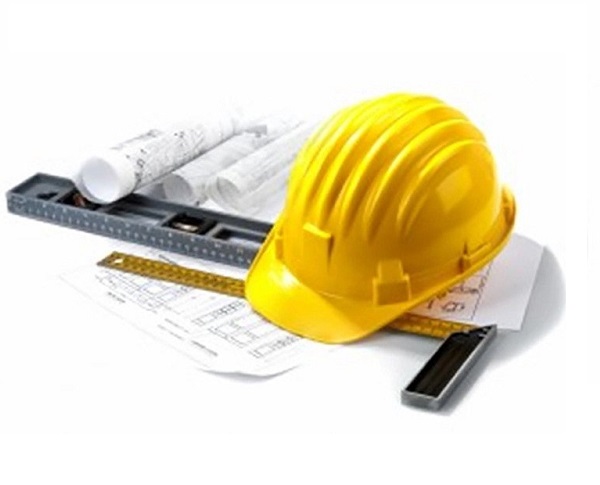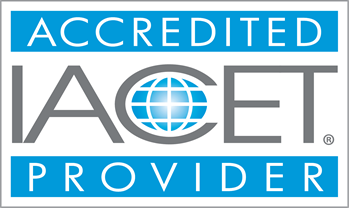Price: $14.99
OSHA Fire Safety Training
Course Modules - (14)
With the help of this course, you can contribute to a safer workplace and comply with OSHA's fire safety rules (29 CFR 1910 Subpart E & L).
Essentials of Fire Prevention: Learn about the common sources of ignition and fire threats. To reduce the chance of a fire, learn preventive steps.
Knowledge of Emergency Action Plans: Explain emergency action plans (EAPs). Recognize your part in emergency response and evacuation protocols.
Mastery of Fire Extinguishers: Gain the abilities and information necessary to utilize portable fire extinguishers in a variety of fire situations.
Awareness in the Workplace: To encourage pro-active fire prevention, recognize and report dangerous situations.
Make sure your place of business complies with all OSHA fire safety regulations. The rules and recommended procedures for a fire-free environment are made clear in this course.
Learning Outcomes:
- Understand safety protocols in the workplace.
- Recognize potential hazards and mitigate risks.
Completion Requirements:
- 100% appearance for the course
- Fully involvement in all class trainings (determined by instructor)
- Completion of Continuing Education and Training Registration Form
- Completion of mandatory quiz assessments
- As applicable, attainment of least passing score on required end-of-course examination
- Participation and submittal of end-of-course assessment form (must provide name on form to obtain credit)


